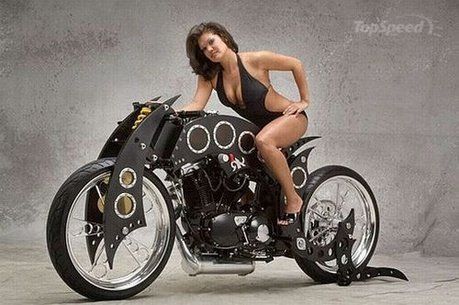 Having, in 1930, come 1st, 2nd and 3rd in the Isle of Man Junior TT and 1st, 2nd 6th and 7th in the Senior TT, The management of Rudge motorcycles were expecting 1931 to be a bumper year.
Having, in 1930, come 1st, 2nd and 3rd in the Isle of Man Junior TT and 1st, 2nd 6th and 7th in the Senior TT, The management of Rudge motorcycles were expecting 1931 to be a bumper year.It was not to be.
The Wall St crash and a worldwide depression put paid to their hopes. It was the beginning of the end for the Rudge motorcycles. Sales plummeted and annual sales across the range fell from 7000 in 1930 to only 2500 in 1931.

Financial trouble caused the closing of the Racing department in 1933 and in 1935 bankruptcy.
The company was purchased by Electrical and Musical Industries (EMI music).
EMI showed great enthusiasm for the marque and they supported continued development, forks were strengthened and an enclosed valve head introduced in 1937.

Production was moved from the factory at Coventry to Hayes on the outskirts of London.
But in 1939 really big trouble started and EMI, being makers of RADAR, became very busy helping us see what was coming at us. The Rudge factory was turned over to radar manufacture and that was that, no more Rudge motorcycles.

This 1931 Ulster is original. It came to me in May 09 thru a Vincent enthusiast who had purchased it 5 years previously from an old gentleman who had a house full of motorcycles in boxes, each box labeled and all the parts in the boxes also labeled. From what I can gather he had been buying bikes when they were as cheap as chips and due to lack of space had boxed them up.
There were 3 rooms stacked up with them! All gone now, just in case you are wondering!

It was quite staggering to get all the boxes home and look thru it all, fine surface rust only, no pitting, no dents in anything. All the rare "unobtanium" bits were there, cast alloy rear chainguard, alloy primary inner and outer cases, Miller badged rear light, unique for 31, Miller horn, tax disc holder and headlamp with -6+6 Miller ammeter.
The Engine and gearbox looked untouched, all the screw / bolt heads were undamaged, always a good sign!

I took them to my friend Colin Chapple, the Rudge gearbox and engine specialist, we discovered a never opened close ratio gearbox, with a few rollers and one sliding gear (luckily a common part in all Rudge boxes) showing signs of rusting from condensation. The engine was in similar condition, Colin checked it out and was astounded at its lack of wear, the piston was like new and the bore was standard. Everything pointed to a low mileage machine.

The still standard barrel was honed and new rings fitted. A few rollers replaced and Colin converted the rocker gear to correct a known Rudge wear problem involving the pushrod seating in the Rocker arm.

The few missing parts were sourced through the camaraderie of The Rudge Enthusiasts Club and Rudge-Spares (REC).
A large biscuit tin in one box contained all the nuts, bolts and special "grover" washers needed to reassemble the machine.
Also included were the original celluloid covered handlebars, with, the unique to Rudge, celluloid covered levers with all the old cables hanging off.
I have restored many bikes before but have never found one like this and probably never will again, I was exceedingly lucky considering I bought it "unseen!"

There is one clue to its lack of use, the tax disc holder, showing under the glass was the Miller publicity paper. I had a look underneath that and there hidden from view was the last tax disc, 1935!

One wonders what happened, why so little use?
Two things, the magneto bearings were shot from an overtight mag chain, the mag still worked but would have shorted out and caused irregular sparking, not an easy thing to diagnose unless you remove the mag and with the price of an Ulster in 31 roughly equating to £16000 today, I do wonder if the "rich" owner just gave up on it and left it in the stables, coach-house, garages!
The other clue is a scuffed decompressor lever on the left hand end of the handlebars, maybe he fell of and gave up riding.

This bike will not be wasted, I ride a lot, I always have, I'm addicted and have been a motorcyclist all my life, I had a lot of Velos and Nortons in my younger days, I commuted to London on a Venom during the eighties.
With this Ulster I restored what needed restoring. The head , Barrel, Mudguard hinge (brass) and Headlight (brass) are the original paint, 90% of the fixings are original, I build for riding not showing / trailering.

My first Rudge was, and still is, a 38 Ulster, I love its raw acceleration, noise, smell and handling. But I wanted to find an exposed valve model, never had one before and I've always liked looking at valves bopping up and down, getting the 31 was a dream come true.
The 38 can have a rest and maybe a new big end this year.
If you ever get the chance to ride a Rudge, take it, they're fast and they stir the blood.




















